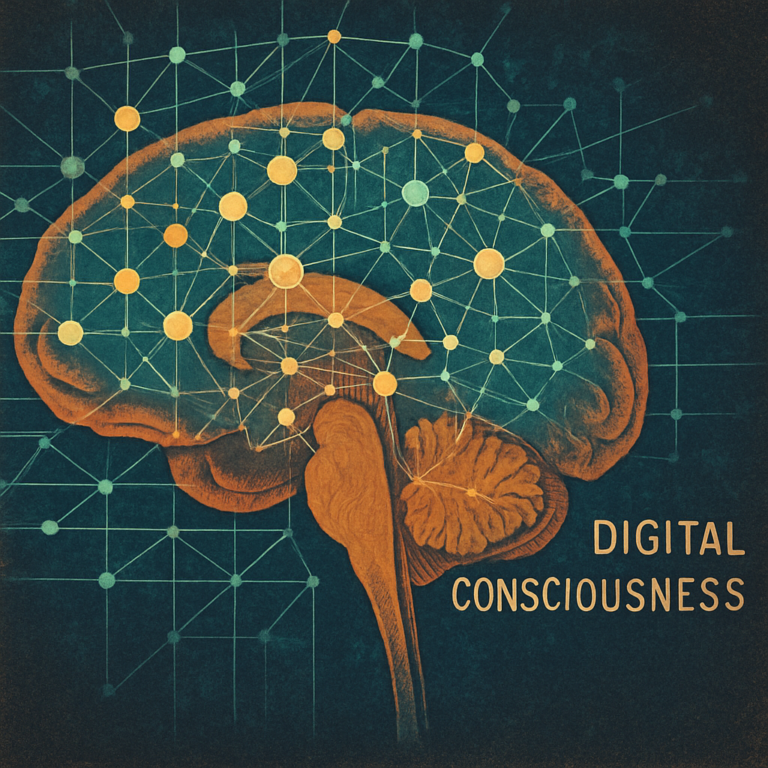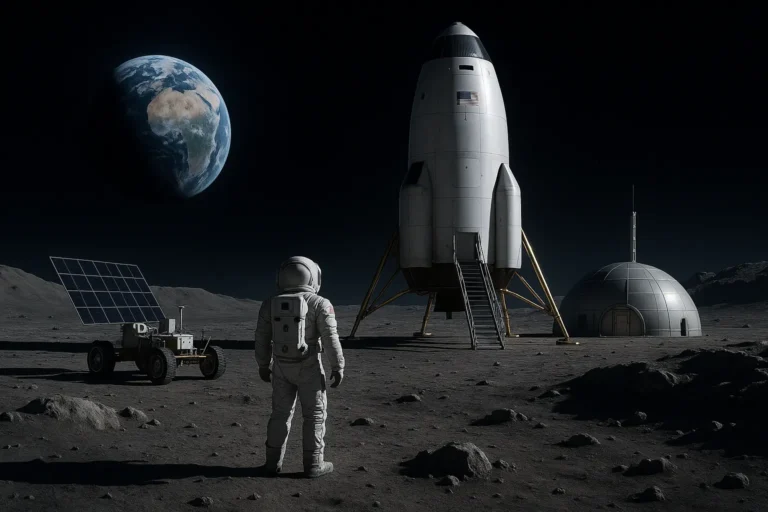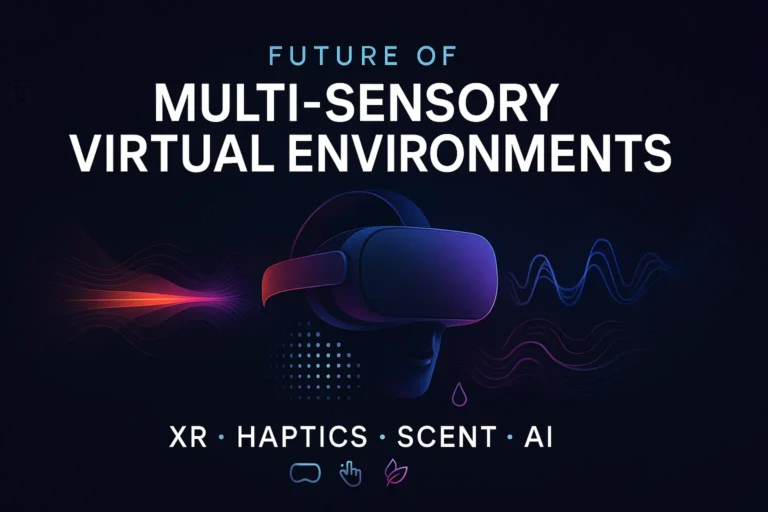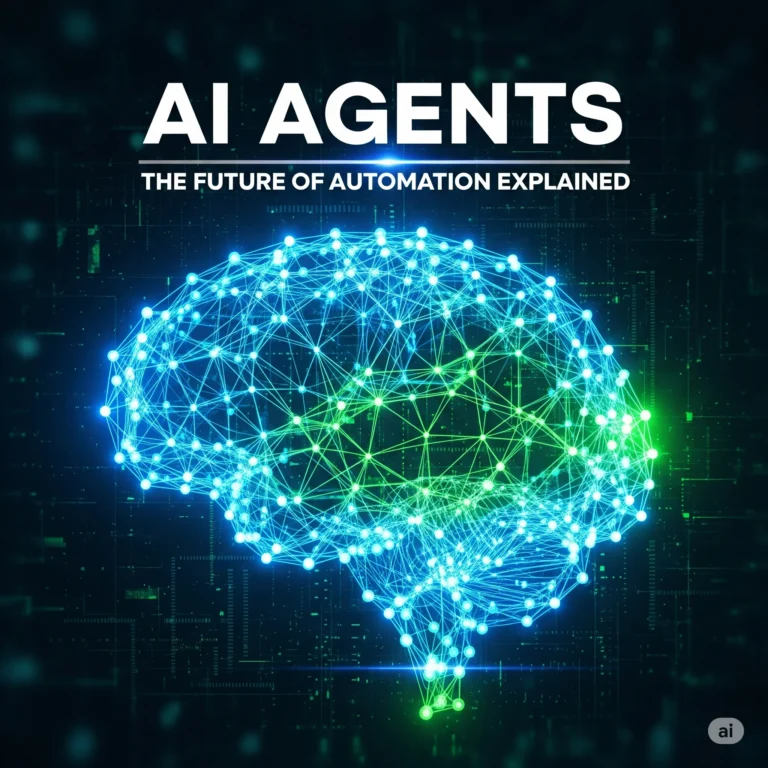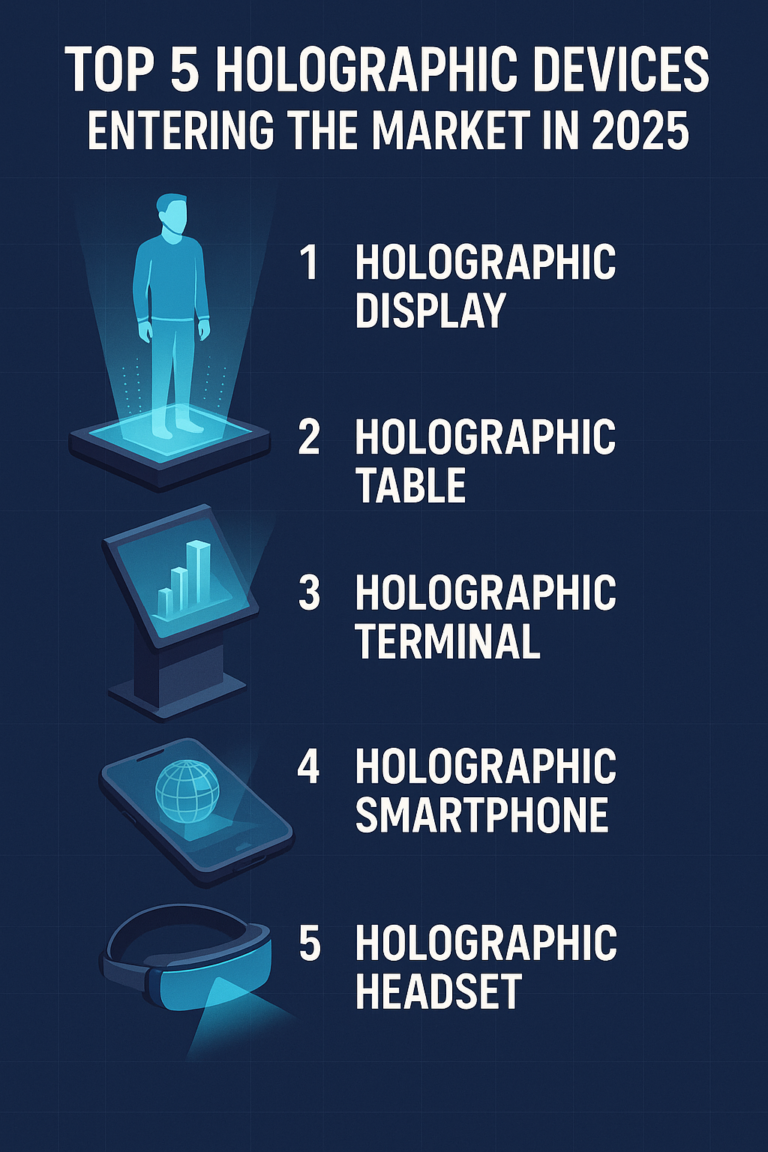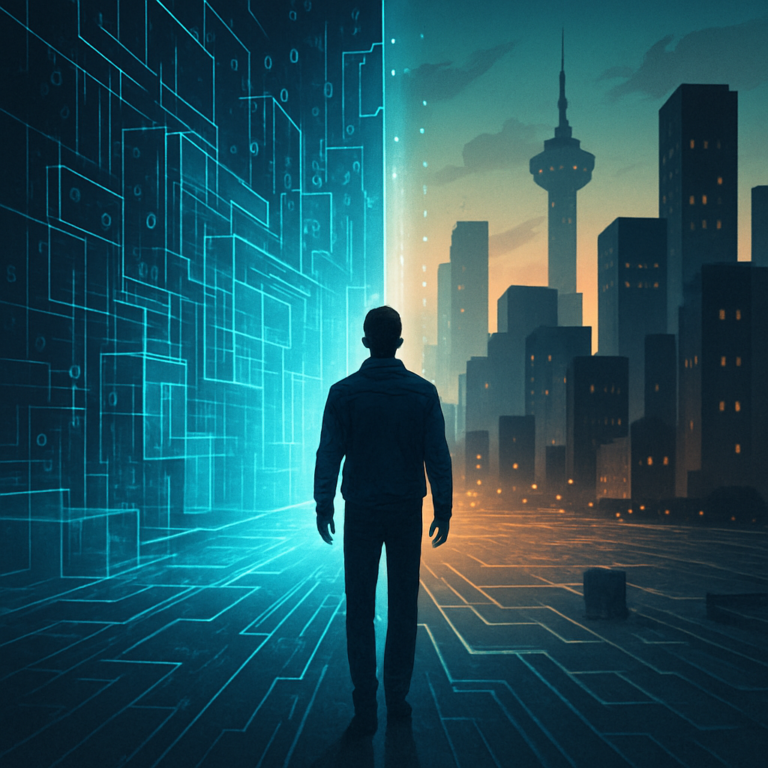Digital Consciousness Uploading the Mind How Close Are We
Introduction Digital consciousness uploading is a fascinating concept. It involves transferring a human mind to a digital medium. This idea has captured the imagination of many. Mind uploading is not just science fiction. It is a serious field of study. Researchers are exploring its potential and challenges. The process requires replicating the brain’s neural structure. This is a complex task. Current technology is not yet capable of achieving it. AI consciousness is a related area of interest. It focuses on creating machines with human-like awareness. Both fields are interconnected. Advances in neuroscience and AI are crucial. They will determine the future of digital consciousness uploading. Progress is being made, but challenges remain. Ethical questions are significant. They include issues of identity and privacy. The nature of consciousness itself is under scrutiny. Transhumanism supports using technology to enhance human capabilities. Mind uploading is a key aspect of this movement. It promises digital immortality. The journey toward digital consciousness is ongoing. It is a blend of science, philosophy, and technology. The future holds many possibilities. What Is Digital Consciousness Uploading? Digital consciousness uploading involves transferring the essence of a human mind into a computer system. It is akin to creating a digital double of the human brain. This ambitious concept merges cognitive science with cutting-edge technology. The process would replicate brain functions digitally. Neurons, synapses, and all neural activity would need to be mapped and reproduced. Essentially, the goal is to capture the entire network of consciousness. Several steps are involved in uploading a mind. They include scanning neural structures, emulating brain activity, and ensuring the digital version behaves like the original. Each step is vital and complex. Key components of digital consciousness uploading include: Detailed brain mapping Brain emulation software Robust computational systems Understanding how consciousness arises from brain activity is also essential. This remains a significant scientific puzzle. Despite progress, we are still far from fully grasping this phenomenon. Digital consciousness uploading extends beyond technology. It challenges philosophical views on identity and being. What defines a person if their mind exists digitally? These questions deepen our quest to understand humanity and its future potentials. The Science Behind Mind Uploading …
